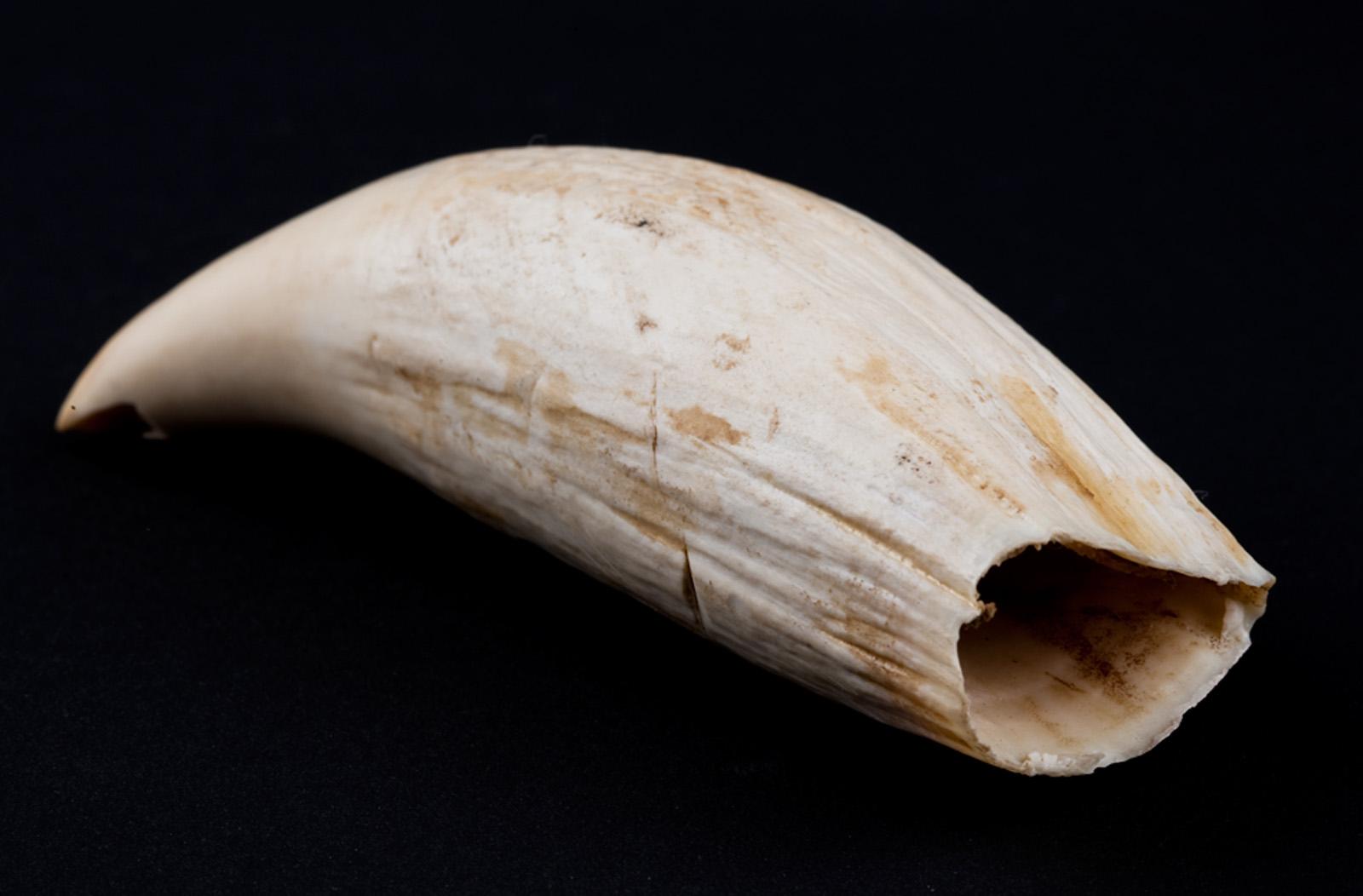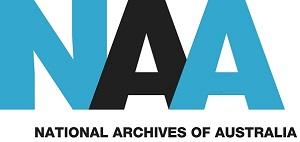
In 1964, a male sperm whale was killed in the waters off Albany, Western Australia. Towed to the Cheynes Beach Whaling Company station, it was cut up and processed for its oil and other by-products. On the flensing deck, a CSIRO scientist removed a tooth and made notes on the size, gender and reproductive status of the whale. This tooth, and these research notes, are now in the collection of the National Archives of Australia.
The CSIRO Division of Fisheries collected teeth samples from the early 1950s from three Western Australian whaling stations, Albany, Carnarvon and Point Cloates. This data was used to study the impact of the whaling industry on whale stocks, lifespan, and reproduction rates.
Scientists could determine the age of a whale by examining the growth rings on the teeth when the exposed surface was acid etched. Tooth samples were identified by the whale number, whaling station location number and the year the animal was caught. Ear plugs and reproductive organs were also collected for study.
The National Archives of Australia holds a large number of whale teeth collected by the CSIRO. These records can be found by searching the RecordSearch database, available at www.naa.gov.au.
